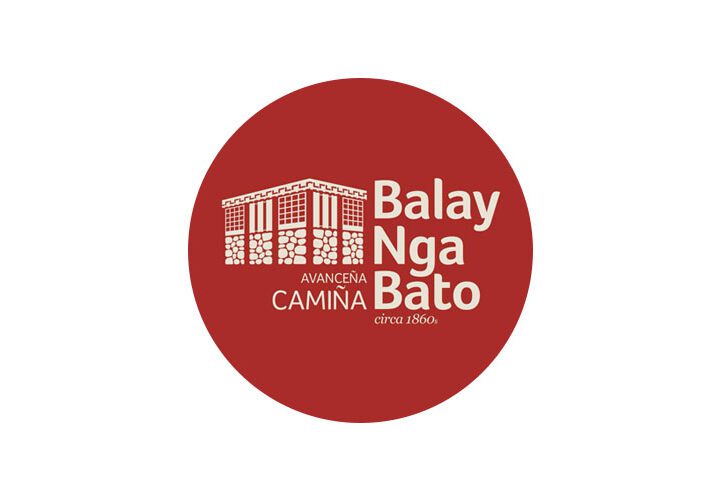Description
The Camiña Balay nga Bato is a museum and visitor center in Iloilo City, Philippines.
In 1860, Fernando Avanceña of a textile weaving family and his wife Eulalia Abaja strated building their home in the town of La Villa Rica de Arevalo. It would take them another five years to finish the balay nga bato or stone house. Originally patterned after the bahay kubo or cube house, their house had batten and board walls, and a nipa and bamboo roof with a plaited bamboo ceiling. The pavement on the ground floor was embaldozado terracotta tile work with a lime ash membrane underneath for termite control. The palitada of lime plaster protected the base of the house posts as well. These haligis were made from peeled and rough-hewn trosos or entire tree trunks. The house sported twenty-four of these and proudly displayed them as status symbols in an exposed camarin configuration. The house eventually sported massive mamposteria or lime stone rubble and plaster walls on account of the frequent threat or piracy and pillage, with La Villa Rica de Arevalo being the seat of Spanish colonial administration in southern Panay.
Museum Schedule:
Monday to Sunday : 08:30 AM – 5:00 PM












